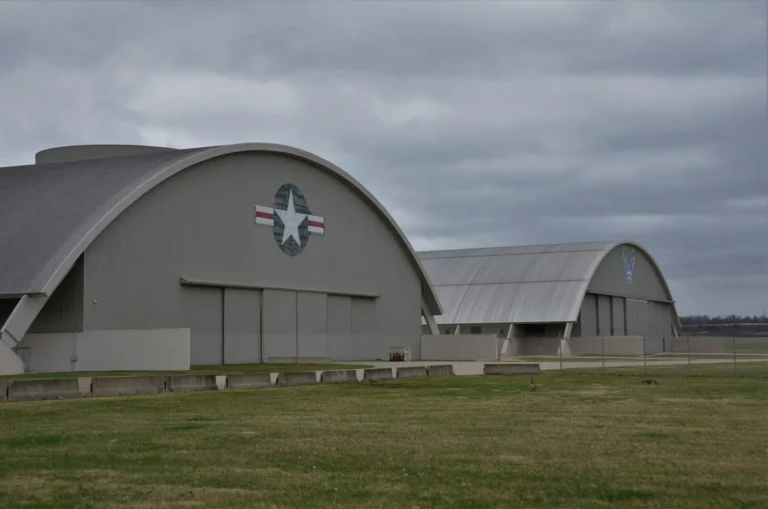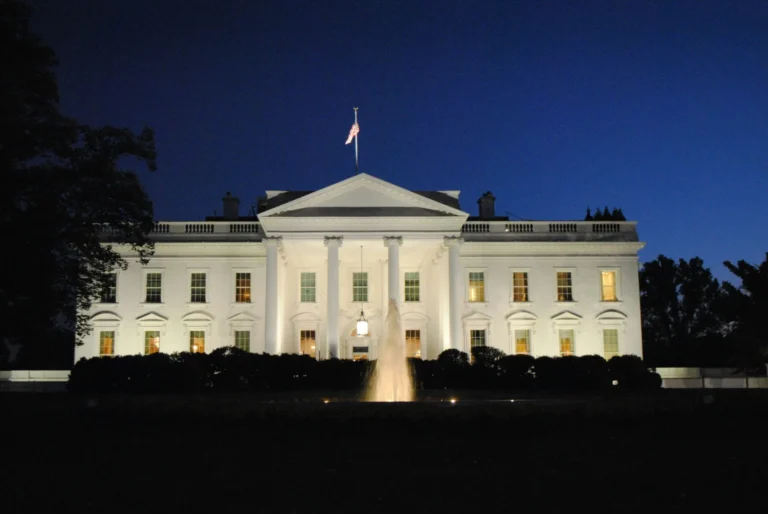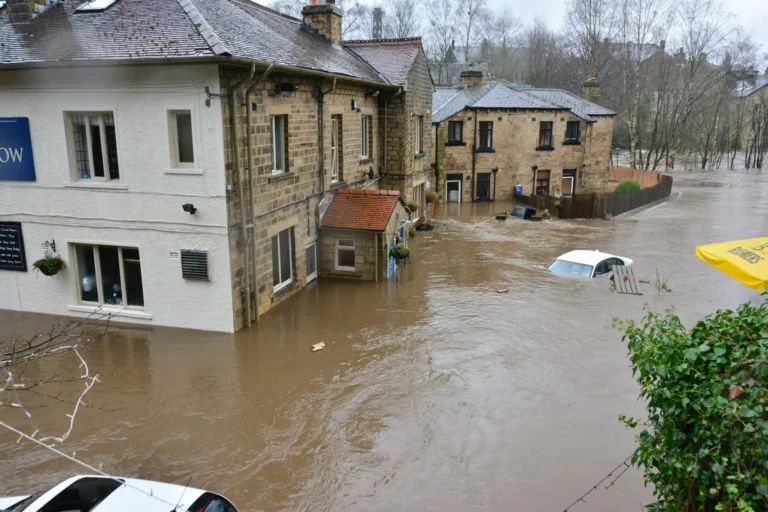By Cliff Montgomery – Oct. 27th, 2012
It’s become quite tough for ordinary Americans to determine what’s actually going on during this Great Recession, with so many lies and counter-lies about the economy being made by Republicans and Democrats alike.
What seems to be working, and what clearly isn’t working at all? It seems Congress knows…they’re just not telling the voters.
The Congressional Research Service (CRS) creates well-researched, non-partisan, easy-to-understand studies on major events for members of the U.S. Congress. CRS provided a fine report on the economy to lawmakers back in May. It openly discussed “Sustaining U.S. Economic Growth in a Post-Crisis Economy” – so its conclusions would seem to be important.
Yet interestingly, neither major party has shown much care in revealing the findings of this study to U.S. citizens.
The American Spark now provides this fascinating, immensely important report on our weakened economy for its readers. Below we also quote the study’s telling summary:
“The 2008-2009 recession was long and deep, and according to several indicators was the most severe economic contraction since the 1930s (but still much less severe than the Great Depression).
“The slowdown of economic activity was moderate through the first half of 2008, but at that point the weakening economy was overtaken by a major financial crisis that would exacerbate the economic weakness and accelerate the decline.
“Economic recovery began in mid-2009. Real gross domestic product (GDP) has been on a positive track since then, although the pace has been uneven and slowed significantly in 2011. The stock market has recovered from its lows, and employment has increased moderately. On the other hand, significant economic weakness remains evident, particularly in the balance sheet of households, the labor market, and the housing sector.
“Congress was an active participant in the policy responses to this crisis and has an ongoing interest in macroeconomic conditions. Current macroeconomic concerns include whether the economy is in a sustained recovery, rapidly reducing unemployment, speeding a return to normal output and employment growth, and addressing government’s long-term debt problem.
“In the typical post-war business cycle, lower than normal growth during the recession is quickly followed by a recovery period with above normal growth. This above normal growth serves to speed up the reentry of the unemployed to the workforce. Once the economy reaches potential output (and full employment), growth returns to its normal growth path, where the pace of aggregate spending advances in step with the pace of aggregate supply.
“There is concern that this time the U.S. economy will either not return to its pre-recession growth path but perhaps remain permanently below it or return to the pre-crisis path but at a slower than normal pace.
“Problems [both] on the supply side and the demand side of the economy have so far led to a weaker than normal recovery. If the pace of private spending proves insufficient to assure a sustained recovery, would further stimulus by monetary and fiscal policy be warranted?
“One of the important lessons from the Great Depression is to guard against a too hasty withdrawal of fiscal and monetary stimulus in an economy recovering from a deep decline. The removal of fiscal and monetary stimulus in 1937 is thought to have stopped a recovery and caused a slump that did not end until WWII.
“Opponents of further stimulus maintain that the accumulation of additional government debt would lower future economic growth, but supporters argue that additional stimulus is the appropriate near-term policy.
“There [also] is concern that the ‘fiscal cliff,’ the confluence of various spending cuts and tax rate increases that are scheduled to occur at the beginning of 2013 unless policies are changed, could have an adverse effect on the economic recovery.
“In regard to the long-term debt problem, in an economy operating close to potential output, government borrowing to finance budget deficits will in theory draw down the pool of national saving, crowding out private capital investment and slowing long-term growth. However, the U.S. economy is currently operating well short of capacity and the risk of such crowding out occurring is therefore low in the near term [Emphasis added].
“Once the cyclical problem of weak demand is resolved and the economy has returned to a normal growth path, mainstream economists’ consensus policy response for an economy with a looming debt crisis is fiscal consolidation—cutting deficits [Emphasis added].
“Such a policy [then] would have the benefits of low and stable interest rates, a less fragile financial system, improved investment prospects, and possibly faster long- term growth.”





